Pesticide Devices: A Guide for Consumers
This guide for consumers explains key facts about pesticide devices and how they differ from registered pesticide products. If you are a device producer, registrant or need to know more than what is presented here, please see our Pesticide Registration Manual - Chapter 13 - Devices.
On this page:
- What is a pesticide device?
- The differences between pesticide devices and pesticide products and how they are regulated
- Recognizing a device by reading the label
- Claims on device labels or advertising
- Other information about regulating pesticide devices
- Examples of regulated pesticide devices
- Examples of devices that EPA does not regulate
- State regulation of devices
- Related information
What is a Pesticide Device?
Pesticides are commonly thought of as chemicals. But we also have a role in regulating devices used to control pests. How a device might be regulated, however, depends on the device's specific design and function and whether it is used with a pesticide. A pesticide device is:
- An instrument or contrivance (other than a firearm) that is used to destroy, repel, trap or mitigate (lessen the severity of) any pest such as insects, weeds, rodents, certain other animals, birds, mold/mildew, bacteria and viruses.
Note: Medical instruments or machines used to kill pests in or on living humans or animals are regulated by the Food and Drug Administration.
The Differences between Pesticide Devices and Pesticide Products and How They Are Regulated
Key differences between pest control devices, pesticide products and certain combinations can be summarized as follows:
- Pesticide Product - contains a substance or mixture of substances that is intended to destroy, repel, prevent or mitigate (lessen the severity of) a pest. This includes substances that attract pests to lessen their impact, for example by attracting pests to a trap.
- How Regulated: Must be registered unless it qualifies for an exemption.
- Pesticide Device - works by physical means (such as electricity, light or mechanics) and does not contain a substance or mixture of substances to perform its intended pesticidal purpose.
- How Regulated: We do not require registration for these. However, these devices are regulated in that “false or misleading claims” cannot be made about the effectiveness of devices. If a manufacturer is making claims about a device, they should have scientific data to back up the claims.
- Some devices are not regulated. For example, any device that depends more upon the performance of the user than the performance of the device itself to be effective (such as a fly swatter) is not regulated. Also, traps for vertebrate animals are not regulated.
- Combination - If an instrument, contrivance or appliance incorporates a substance or mixture of substances to perform its intended pesticidal purpose, then it is considered to be a pesticide product.
- How Regulated: Must be registered unless it qualifies for an exemption.
Note: Pesticide application equipment that is sold separately from the pesticide itself is not a device or a pesticide. For example, a sprayer for a lawn herbicide that is sold separately from the herbicide is considered to be application equipment, which we do not regulate.
Recognizing a Device by Reading the Label
A pesticide device that is EPA regulated will include an EPA Establishment Number on the label. It will not include an EPA Registration Number, which would only be found on pesticide products.
Claims on Device Labels or Advertising
We don't allow what are termed false or misleading claims to be made about the effectiveness of devices. If a manufacturer is making claims about a device, they should have scientific data to back up the claims.
Other Information about Regulating Pesticide Devices
While we do regulate most pesticide devices, there are some that we do not regulate. For example, any device that depends more upon the performance of the user than the performance of the device itself to be effective (such as a fly swatter) is not regulated. Also, traps for vertebrate animals are not regulated.
As stated above, if a device incorporates a substance or mixture of substances to perform its intended pesticidal purpose, or is packaged together for sale with a pesticide, then it is considered a pesticide product and must be EPA registered.
Examples of Regulated Pesticide Devices
Although these devices do not require registration as long as they don't contain any pesticide product, they are regulated in that false or misleading claims cannot be made about the effectiveness of devices. If a manufacturer is making claims about a device, they should have scientific data to back up the claims.
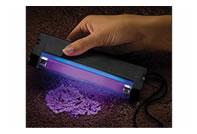 |
Ultraviolet Light Units kill, inactivate or suppress growth of fungi, bacteria or viruses.
|
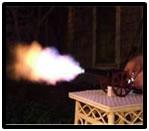 |
Sound Generators repel pests such as birds and mice
|
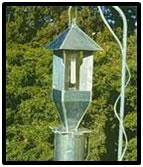 |
Insect Traps kill or entrap insects and similar pests
|
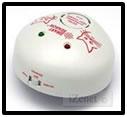 |
Ground Vibrators repel certain underground animals
|
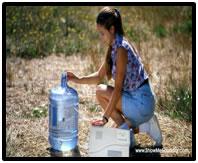 |
Water Treatment Units reduce or eliminate microorganisms from water
|
 |
Air Treatment Units reduce or eliminate microorganisms or allergens
|
Examples of Devices that EPA Does Not Regulate
- Fly swatters.
- Tillage equipment for weed control.
- Fish traps.
- Traps for vertebrate animals, including rats and mice.
State Regulation of Devices
Some states require registration of devices that EPA does not regulate, or they may have other regulations that apply to devices. Check with your state pesticide regulatory agency Exit to determine if a particular pest control device is required to be registered with your state.
